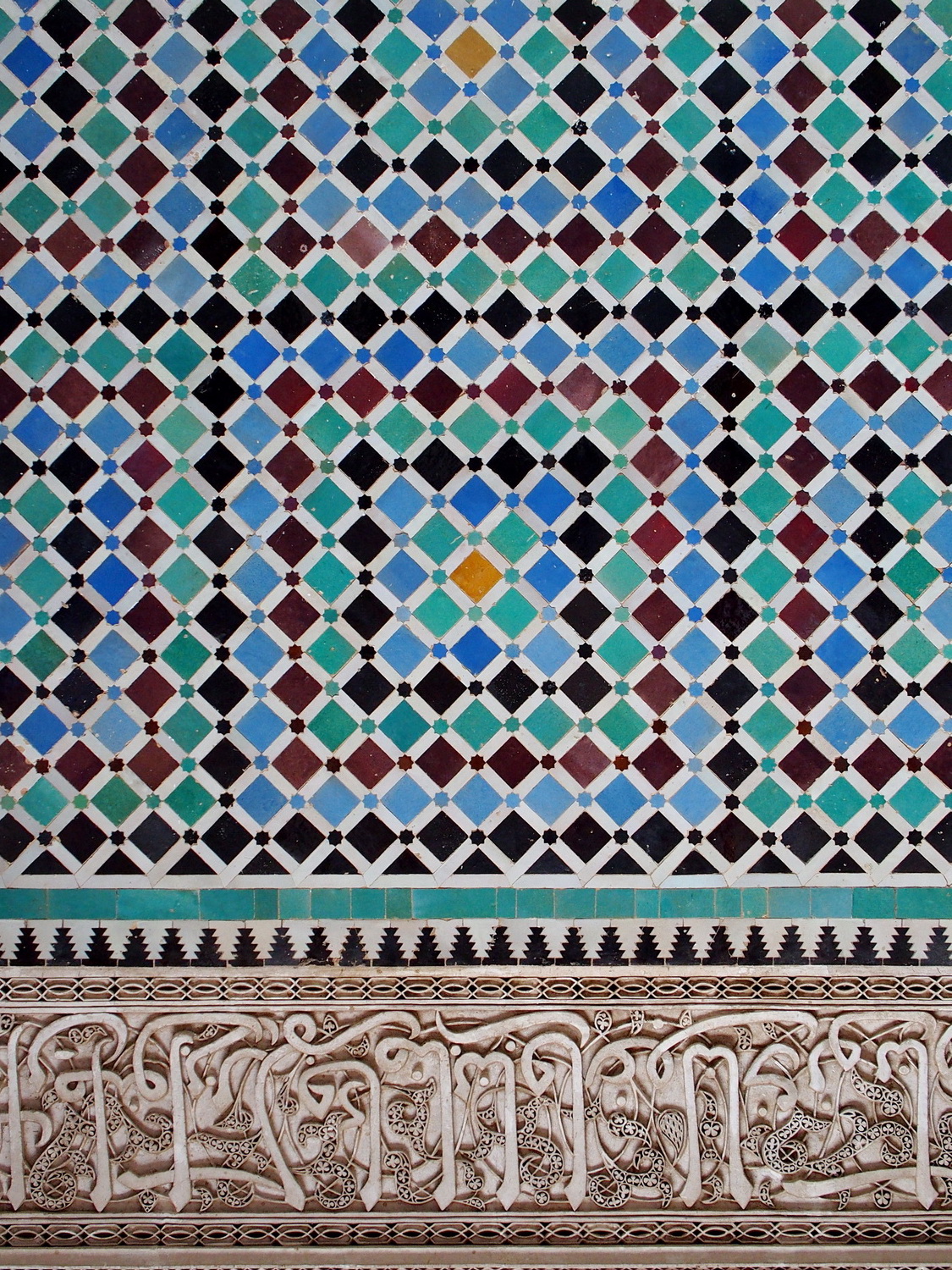Abstract
Medieval Anatolia Is Elsewhere: Mapping Cultural Encounters and Impasses of Architectural Historiography
Anatolia dwells at the meeting point of East and West and evokes the motherland of two civilizations, Byzantine and Ottoman. According to the standard textbook account, the latter succeeded the former in preeminence in the year 1453. Yet, when it comes to the region’s architecture, prevailing historical frameworks and periodizations have created distortions for an understanding of Anatolia’s medieval architecture.
My talk focuses on the interaction of the architectural impulses of the Ottomans, and other Anatolian princedoms (1308-1453) such as Menteshe, and Aydin (and the corresponding regions of Bithynia, Caria and Ionia), the meeting of Christianity and Islam, and the improved resources at artisans’ disposal as a result of Ottoman hegemony resulted in buildings that surpassed their predecessors in both originality and creativity.
As one of the most complex phases of the Anatolian history, the principalities period accommodates a number of significant transformations nourished by diverse cultural settings and indicate Mamluk, Latin, or Byzantine borrowings proving that these emirates were not immune to the complex cultural environment of the Mediterranean. Hence the built environment created under different principalities was a result of lively adaptation and creative innovation. Buildings executed represent a paradigmatic shift rather than a continuous evolution within a single regional idiom.
As for the period, medieval Anatolia might be regarded as an “elsewhere” when compared against the “somewheres” of the period—e.g., Venice, Constantinople, and Damascus—where, in the rendering of the late artist Robert Smithson, “the most important” art was executed, ranked, and consumed. The art and architecture produced in medieval Anatolia can be seen as occupying a marginal site of power, perceived importance, and contemporary scholarly interest. Such relegated status often leads to generalized, misunderstood, and denigrating assessments of art. It is the “elsewhere” nature of medieval Anatolia that I will focus on in my talk. My talk has implications not only for an understanding of the medieval Mediterranean but also for the merits of “elsewheres” that burn less brightly on the cultural map.
Discipline
Geographic Area
Sub Area

